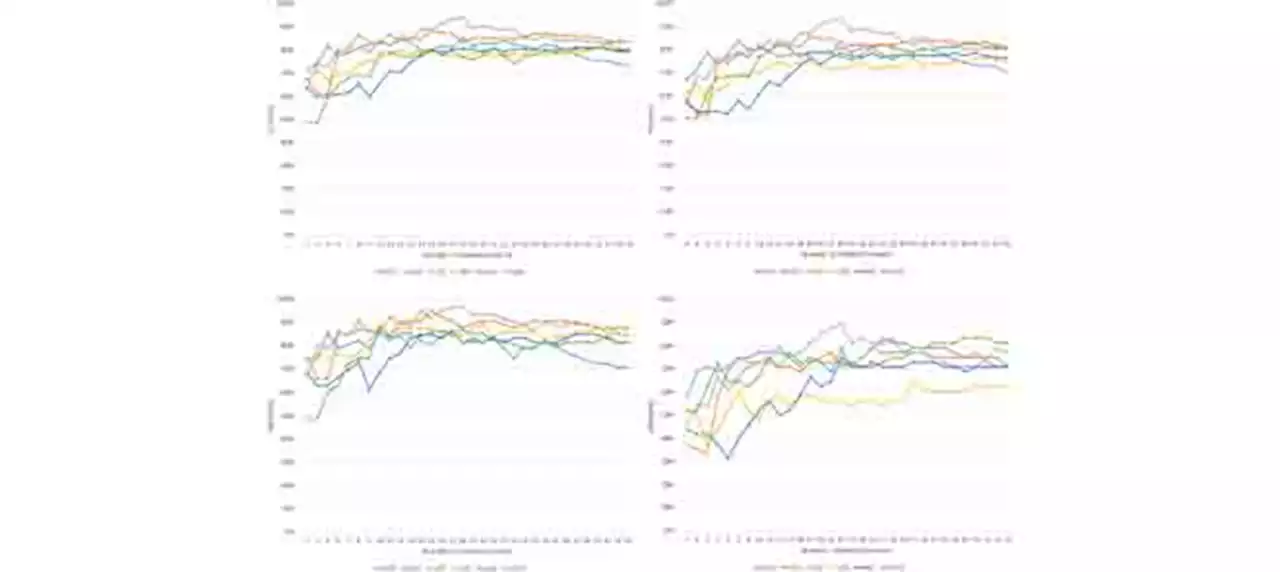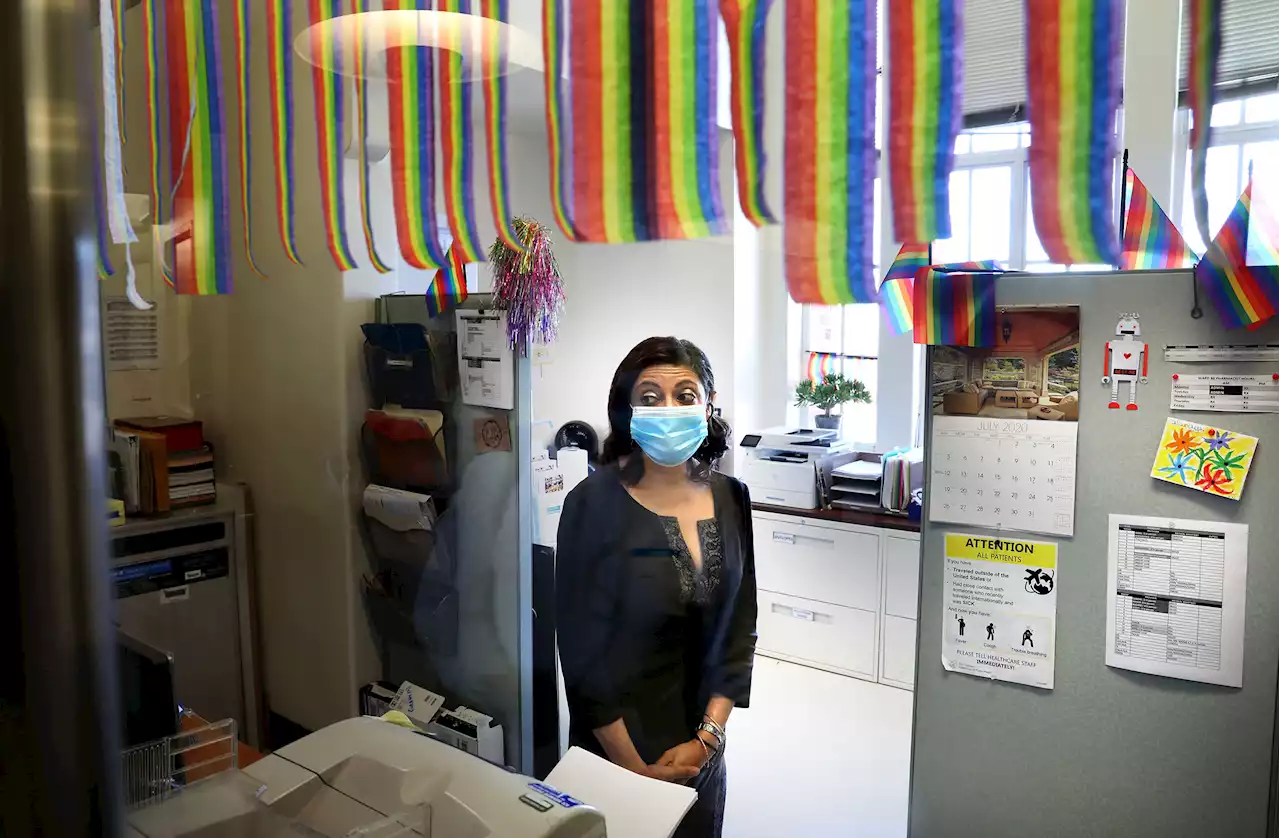Customers are being asked to cut their use to less than 12.5% during these times
Energy company OVO is set to pay customers not to use energy between certain times as part of its new trial. The UK's third largest energy supplier is trying to help customers cut usage during peak times and save money.
Hull Live reports data from the trial will be used to understand usage during peak times. It will also aim to develop propositions that support a greener, fairer and more resilient energy system.OVO has used customer data to determine that between 4pm - 7pm is when demand on the energy grid is usually the highest. Its data shows that the average household uses 19% of their daily total usage during these hours.
For the average household, that could be the equivalent of moving three loads of washing per week from peak time to a greener time of day. A total of £20 will be rewarded for each month that this is achieved on average. The trial runs from November 1, 2022 to March 31, 2023.
Danmark Seneste Nyt, Danmark Overskrifter
Similar News:Du kan også læse nyheder, der ligner denne, som vi har indsamlet fra andre nyhedskilder.
 Voice Features of Sustained Phoneme as COVID-19 BiomarkerBackground: The COVID-19 pandemic has resulted in enormous costs to our society. Besides finding medicines to treat those infected by the virus, it is important to find effective and efficient strategies to prevent the spreading of the disease. One key factor to prevent transmission is to identify COVID-19 biomarkers that can be used to develop an efficient, accurate, noninvasive, and self-administered screening procedure. Several COVID-19 variants cause significant respiratory symptoms, and thus a voice signal may be a potential biomarker for COVID-19 infection. Aim: This study investigated the effectiveness of different phonemes and a range of voice features in differentiating people infected by COVID-19 with respiratory tract symptoms. Method: This cross-sectional, longitudinal study recorded six phonemes (i.e., /a/, /e/, /i/, /o/, /u/, and /m/) from 40 COVID-19 patients and 48 healthy subjects for 22 days. The signal features were obtained for the recordings, which were statistically analyzed and classified using Support Vector Machine (SVM). Results: The statistical analysis and SVM classification show that the voice features related to the vocal tract filtering (e.g., MFCC, VTL, and formants) and the stability of the respiratory muscles and lung volume (Intensity-SD) were the most sensitive to voice change due to COVID-19. The result also shows that the features extracted from the vowel /i/ during the first 3 days after admittance to the hospital were the most effective. The SVM classification accuracy with 18 ranked features extracted from /i/ was 93.5% (with F1 score of 94.3%). Conclusion: A measurable difference exists between the voices of people with COVID-19 and healthy people, and the phoneme /i/ shows the most pronounced difference. This supports the potential for using computerized voice analysis to detect the disease and consider it a biomarker.
Voice Features of Sustained Phoneme as COVID-19 BiomarkerBackground: The COVID-19 pandemic has resulted in enormous costs to our society. Besides finding medicines to treat those infected by the virus, it is important to find effective and efficient strategies to prevent the spreading of the disease. One key factor to prevent transmission is to identify COVID-19 biomarkers that can be used to develop an efficient, accurate, noninvasive, and self-administered screening procedure. Several COVID-19 variants cause significant respiratory symptoms, and thus a voice signal may be a potential biomarker for COVID-19 infection. Aim: This study investigated the effectiveness of different phonemes and a range of voice features in differentiating people infected by COVID-19 with respiratory tract symptoms. Method: This cross-sectional, longitudinal study recorded six phonemes (i.e., /a/, /e/, /i/, /o/, /u/, and /m/) from 40 COVID-19 patients and 48 healthy subjects for 22 days. The signal features were obtained for the recordings, which were statistically analyzed and classified using Support Vector Machine (SVM). Results: The statistical analysis and SVM classification show that the voice features related to the vocal tract filtering (e.g., MFCC, VTL, and formants) and the stability of the respiratory muscles and lung volume (Intensity-SD) were the most sensitive to voice change due to COVID-19. The result also shows that the features extracted from the vowel /i/ during the first 3 days after admittance to the hospital were the most effective. The SVM classification accuracy with 18 ranked features extracted from /i/ was 93.5% (with F1 score of 94.3%). Conclusion: A measurable difference exists between the voices of people with COVID-19 and healthy people, and the phoneme /i/ shows the most pronounced difference. This supports the potential for using computerized voice analysis to detect the disease and consider it a biomarker.
Læs mere »
 Exploring the post-acute sequelae of COVID-19 in rehabilitated patientsIn a new study, researchers explored the cognitive and psychological functioning among patients that received outpatient rehabilitation for post-coronavirus disease (COVID) sequelae.
Exploring the post-acute sequelae of COVID-19 in rehabilitated patientsIn a new study, researchers explored the cognitive and psychological functioning among patients that received outpatient rehabilitation for post-coronavirus disease (COVID) sequelae.
Læs mere »
 Grey's Anatomy season 19 will be more like show's 'early' daysGrey's Anatomy season 19 will be more like show's 'early' days, ABC boss says
Grey's Anatomy season 19 will be more like show's 'early' daysGrey's Anatomy season 19 will be more like show's 'early' days, ABC boss says
Læs mere »
 Man charged with causing death of 19-year-old Charlotte Hope by dangerous drivingAshley Kosciekowski will appear at magistrates court later this month to face charges including causing death by dangerous driving over a crash in which trainee teacher Charlotte Hope, from Shawbury, died.
Man charged with causing death of 19-year-old Charlotte Hope by dangerous drivingAshley Kosciekowski will appear at magistrates court later this month to face charges including causing death by dangerous driving over a crash in which trainee teacher Charlotte Hope, from Shawbury, died.
Læs mere »
 How COVID-19 Disrupted the Fight Against HIVA report released by GLAAD and first reported by TIME found the pandemic disrupted HIV prevention measures and patient care in the U.S.
How COVID-19 Disrupted the Fight Against HIVA report released by GLAAD and first reported by TIME found the pandemic disrupted HIV prevention measures and patient care in the U.S.
Læs mere »
